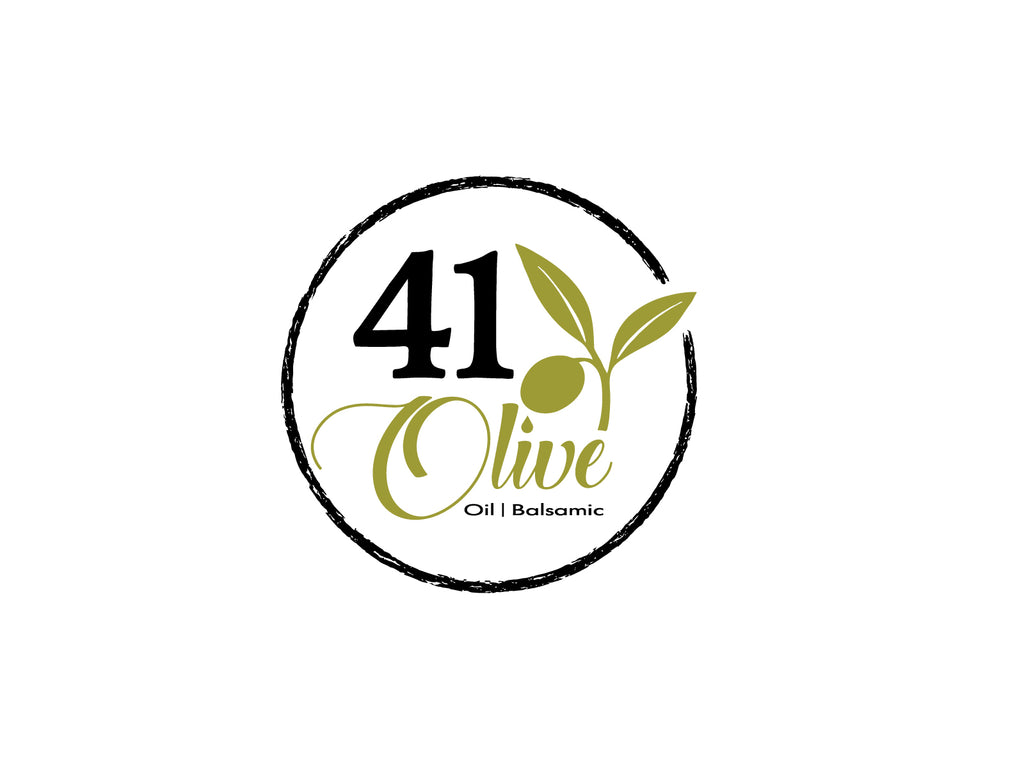Understanding What Happens When you Heat Olive Oil
Do you know what happens when Olive Oil is heated and/or used for frying? The critical thing about cooking with any Olive Oil (or oil in that matter) is not to heat the oil over its smoke point (also referred to as smoking point).
The actual smoke point refers to the temperature at which a cooking fat or oil starts to break down. The substance smokes or burns, and gives food a dreadful taste. But what is the smoke point of Olive Oil exactly? Depending on where you look for an answer, you may get a variety of ideas.
Relationship Between Smoke Point and Quality Of Olive Oil
The smoke point of oil depends based on quality. For example, high quality Extra Virgin Olive Oils (with low free fatty acids) have a high smoke point. They are an outstanding selection that can also come with a hefty price tag.
Mass produced, low quality Olive Oils have a much lower smoke point. Do take into consideration that we are breaking down virgin oils, not chemically refined oils.
For the most part, Extra Virgin Olive Oil smokes roughly between 400 and 365ºF (204 and 185ºC) depending on its free fatty acid content.
This is what the International Olive Oil Council( IOOC) has to say about frying food with olive oil:
When heated, olive oil is the most stable fat, which generally means it stands up well to high frying temperatures. Its high smoke point (410ºF or 210ºC) is well above the perfect temperature for frying food (356ºF or 180ºC).
The digestibility of Olive Oil is not affected when it is heated, even when it is re-used a variety of times for frying.
